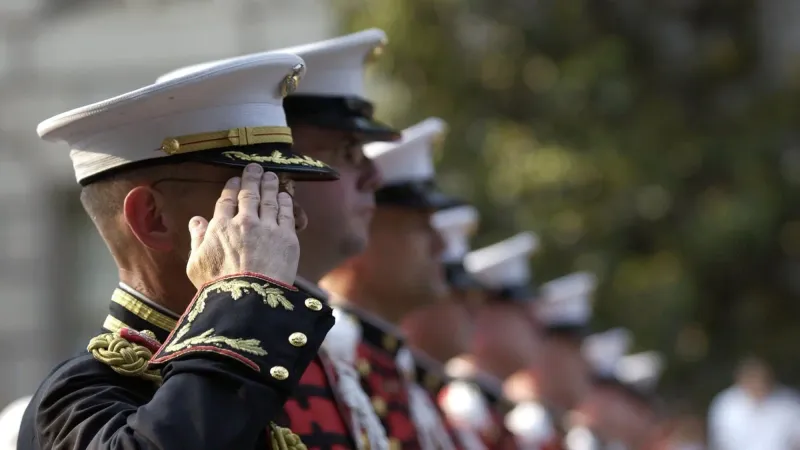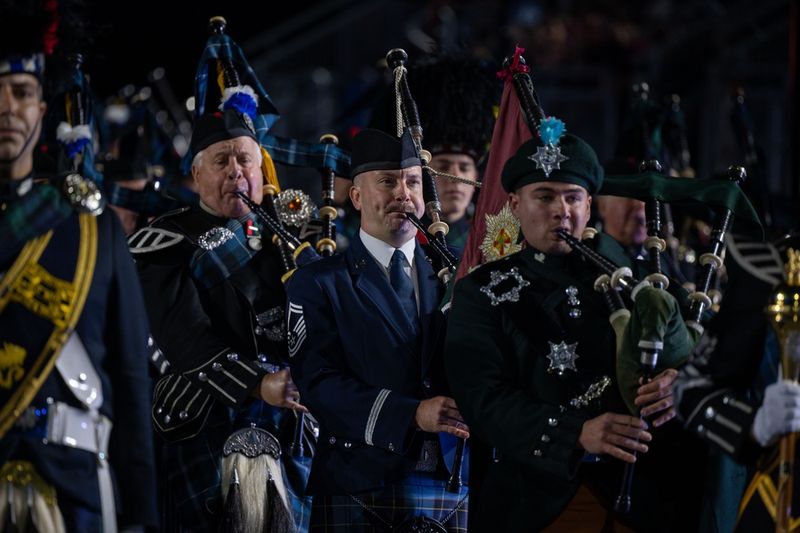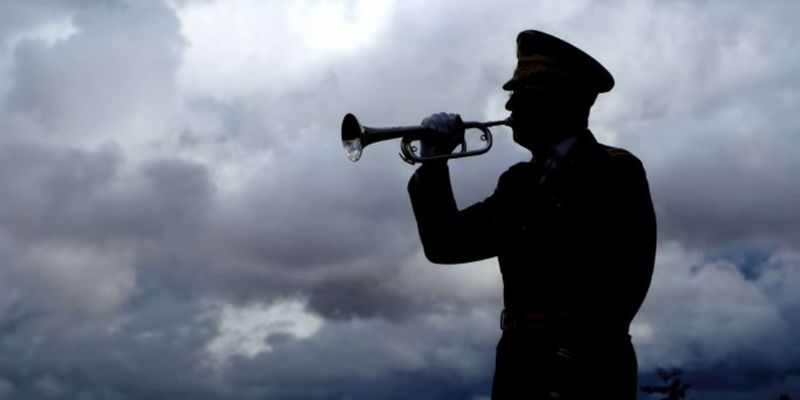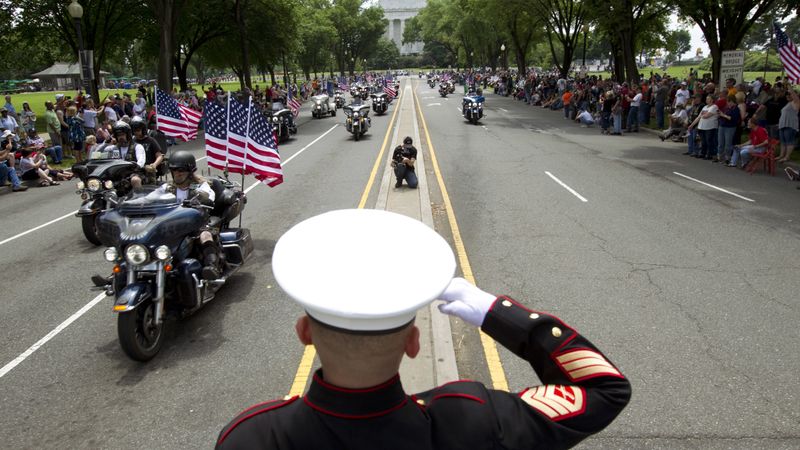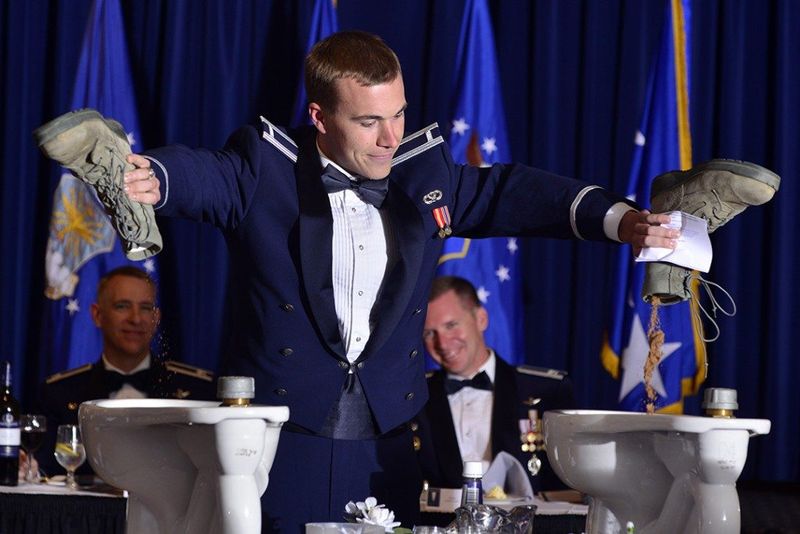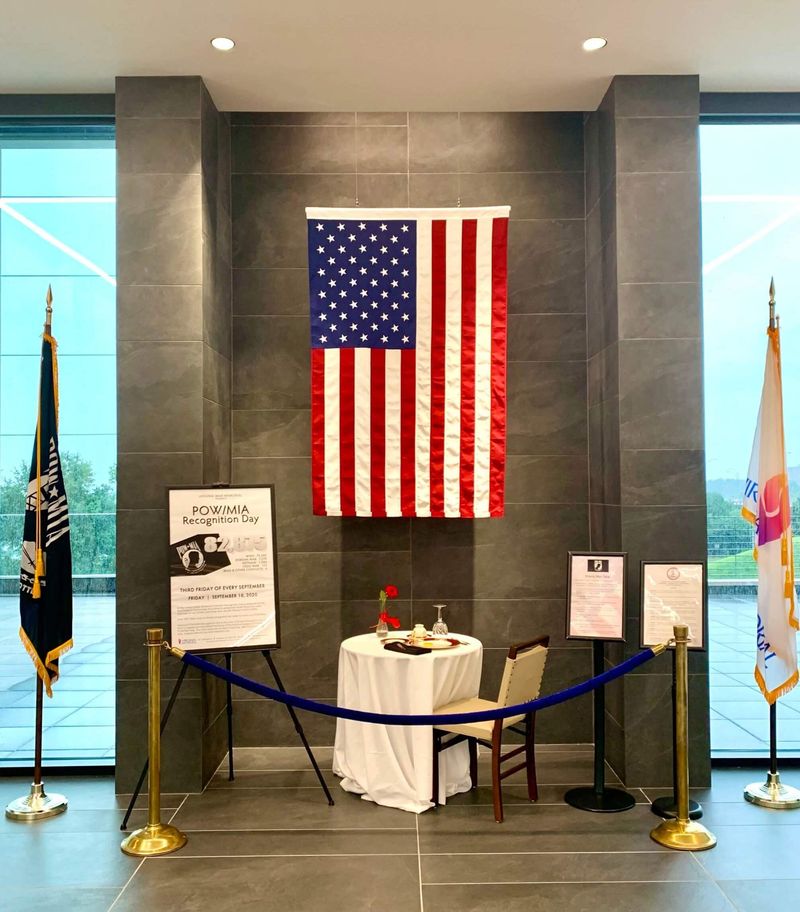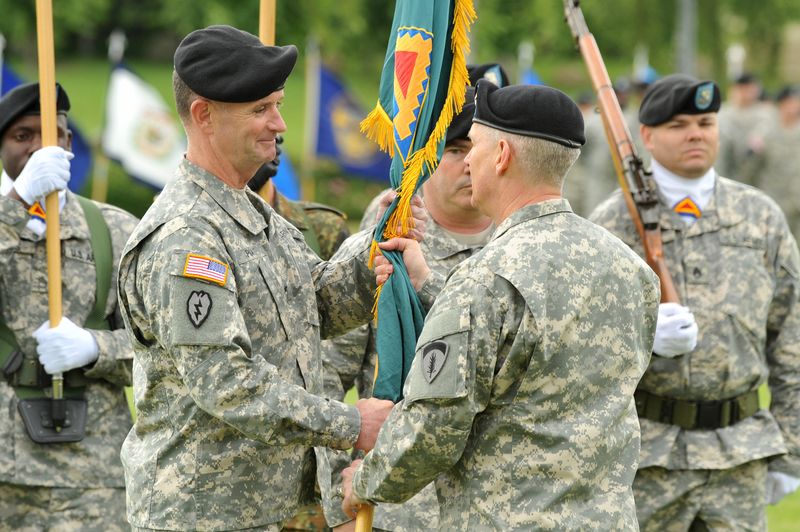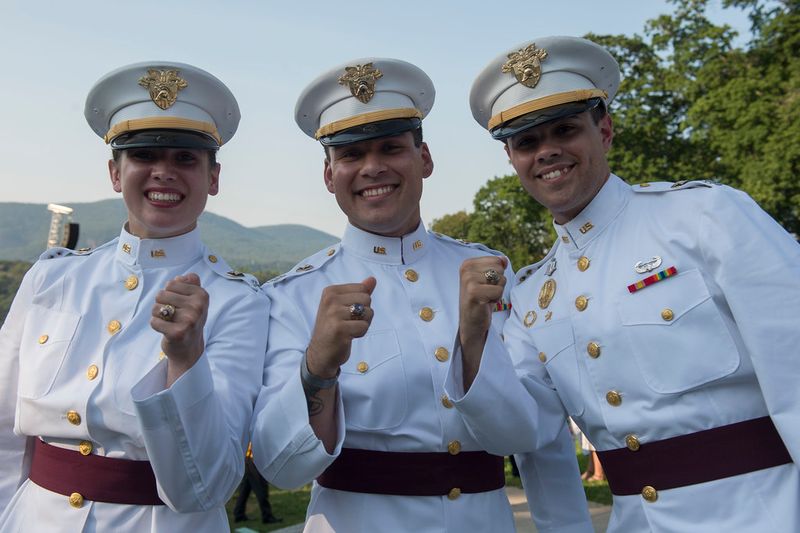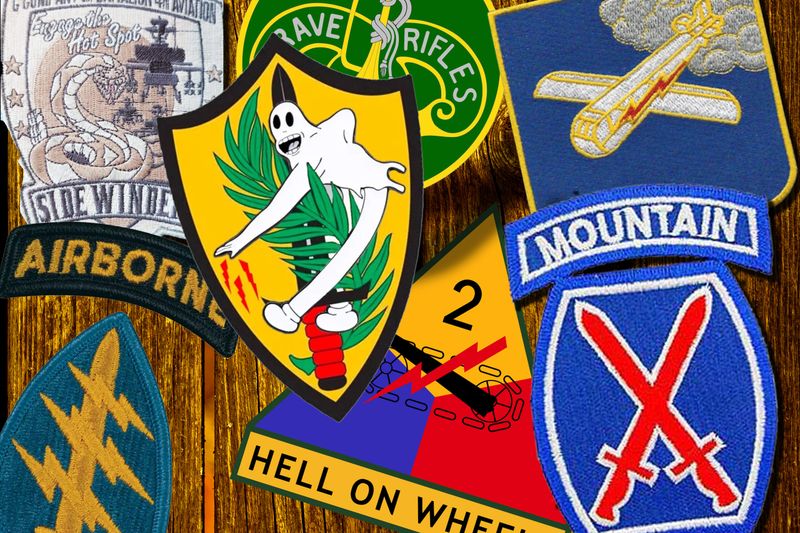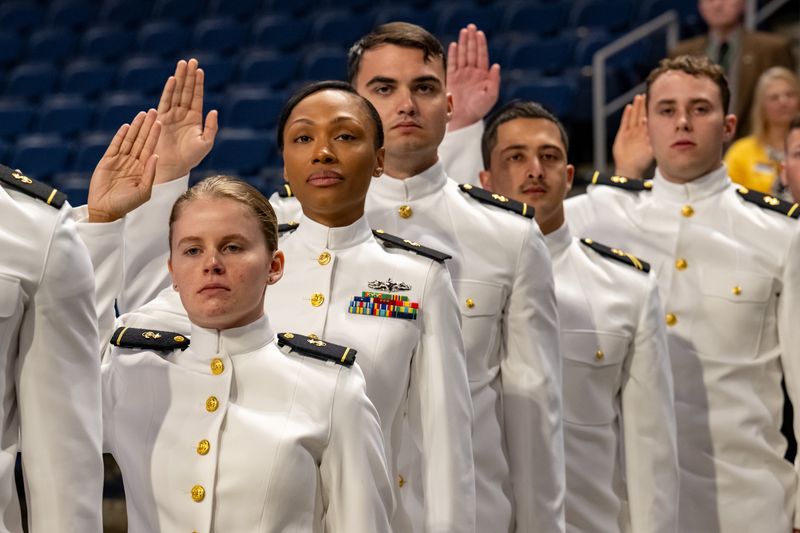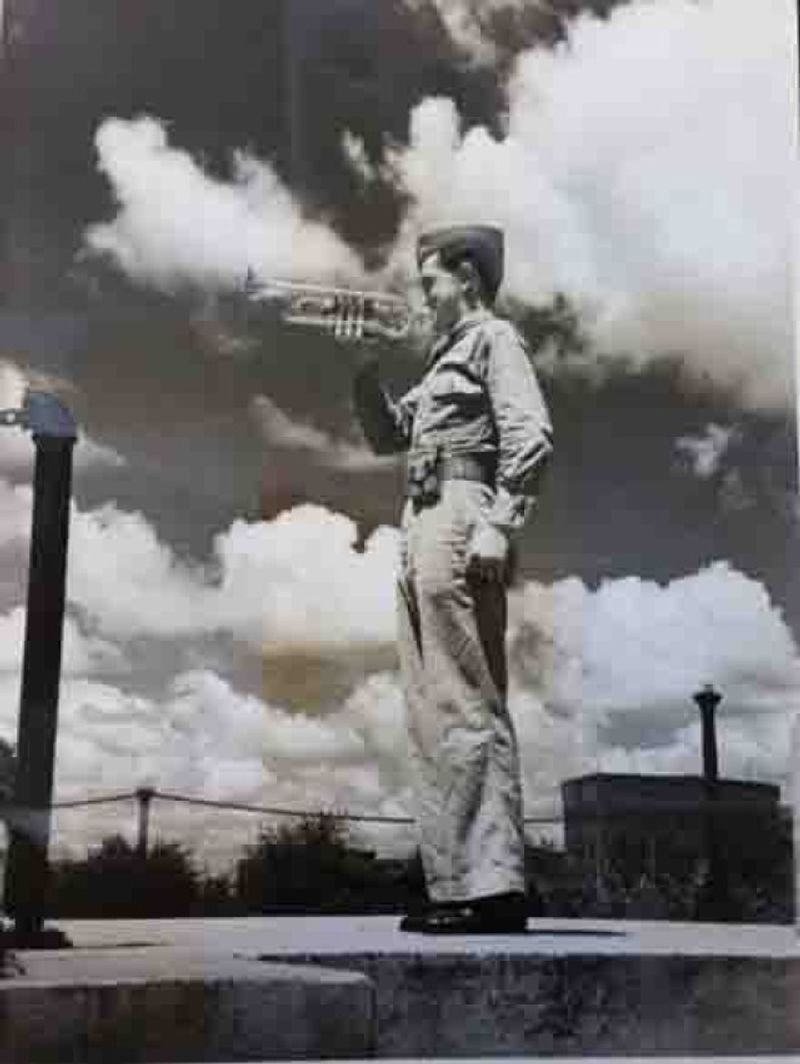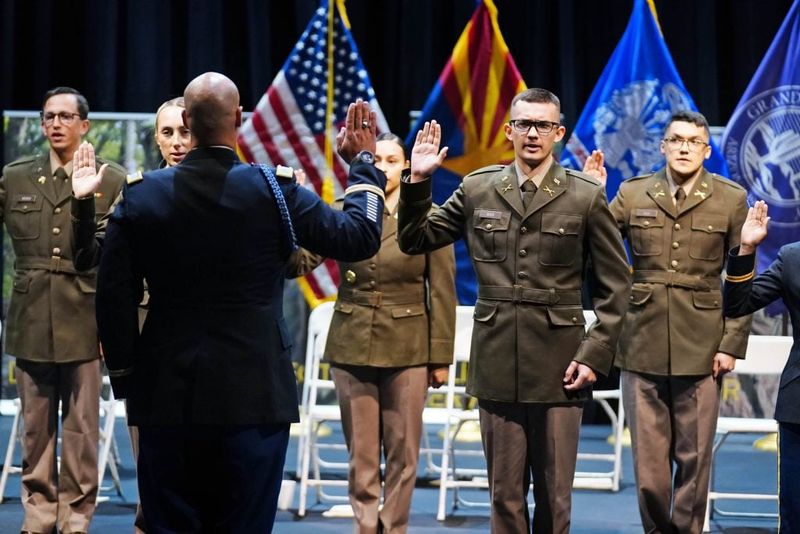Military traditions have shaped the structure, discipline, and morale of armed forces around the world. These traditions foster a sense of identity, pride, and unity among service members.
While some traditions are steeped in solemnity, others embrace camaraderie and celebration, reflecting the diverse culture within the military.
Here, we explore 20 enduring military traditions that continue to play a vital role in the lives of those who serve.
1. The Salute
The salute is a gesture of respect and recognition among military personnel. It symbolizes trust and camaraderie within the ranks. Originating from medieval times, where knights would raise their visors to show their faces, the salute has evolved into a universal sign of military courtesy. Today, it is executed with precision, reflecting the discipline that defines the armed forces. The practice fosters mutual respect among service members, reinforcing the hierarchical structure essential to military order.
2. Military Tattoos and Parades
Military tattoos and parades are grand spectacles of military precision and pageantry. These events showcase the discipline and unity of armed forces. Parades often mark significant national events, instilling pride in both participants and spectators. The tradition of tattoos, originally a drum signal for soldiers to return to barracks, has become a ceremonial display of music and marching. These events celebrate military heritage and honor the sacrifices of those who served.
3. Taps at Military Funerals
The haunting melody of Taps is a poignant tribute at military funerals. Its 24 notes are a solemn farewell to those who have served. This tradition began during the Civil War, when the call was used to signal the end of the day. The evocative sound of Taps now accompanies the lowering of the flag and honors the fallen. As the last echoes fade, it serves as a reminder of sacrifice and duty. This time-honored tradition offers comfort to grieving families and symbolizes respect.
4. Challenge Coins
Challenge coins are a cherished tradition in the military, symbolizing camaraderie and achievement. These coins, often bearing a unit’s insignia, are awarded to commemorate special occasions or accomplishments. The practice dates back to World War I, when a lieutenant had bronze medallions made for his squadron. Today, challenge coins serve as tokens of honor and are often exchanged in a friendly “coin check” ritual. This tradition fosters a sense of belonging and pride among service members.
5. The Changing of the Guard
The changing of the guard is a ceremonial act that symbolizes vigilance and honor. This tradition is performed at historical landmarks, such as the Tomb of the Unknown Soldier. Guards execute this ritual with impeccable precision, reflecting their dedication and respect for fallen comrades. The origins of this practice date back to ancient times, where soldiers stood watch over important locations. Today, it captivates onlookers with its solemnity and intricate choreography, serving as a tribute to those who served.
6. Wearing Dress Uniforms on Ceremonial Occasions
Wearing dress uniforms on ceremonial occasions is a tradition that underscores the formality and pride within the military. These uniforms, distinct for each branch, are worn during events like promotions, retirements, and memorial services. The tradition highlights the professionalism and unity of service members. Each uniform’s details, such as medals and insignia, tell a story of service and achievement. This practice reinforces the values of honor and respect, reminding both service members and civilians of the military’s commitment.
7. Rolling Thunder Motorcycle Rally (Memorial Day)
Rolling Thunder is an annual motorcycle rally held in Washington, D.C., on Memorial Day. This powerful demonstration honors prisoners of war and those missing in action. Thousands of bikers ride through the city, raising awareness for veterans’ issues. The tradition began in 1988 and has grown into a massive event, symbolizing freedom and remembrance. With its roaring engines and patriotic spirit, Rolling Thunder serves as a public reminder of the sacrifices made by service members.
8. Mess Night (Dining-In and Dining-Out Events)
Mess Night is a time-honored tradition where military personnel gather for formal dining events. Known as Dining-In or Dining-Out, these occasions celebrate camaraderie and esprit de corps. The tradition includes ceremonial toasts, speeches, and sometimes humorous skits. Originating in the British Navy, Mess Nights have evolved across military branches worldwide. They foster unity and tradition, offering a rare opportunity for formality and fellowship outside the rigors of service.
9. The 21-Gun Salute
The 21-gun salute is a revered military tradition used to honor dignitaries and fallen soldiers. Originating from naval practices, this salute involves the firing of cannons or rifles in three volleys of seven shots. It symbolizes respect and recognition, often performed during state funerals and national holidays. The tradition underscores the solemnity and gravity of the occasion, paying homage to those who have served with distinction. Its echoes serve as a powerful reminder of duty and sacrifice.
10. The Missing Man Table and Honors
The Missing Man Table is a poignant tribute honoring fallen, missing, or imprisoned military service members. Set in military dining facilities, the table is adorned with symbolic items, each representing a specific meaning. An empty chair signifies the absence of the missing. This tradition began during the Vietnam War and continues to remind us of those who sacrificed for freedom. It serves as a solemn reflection on loss and hope, ensuring that these individuals are never forgotten.
11. Carrying Unit Colors (Flags/Guidons)
Carrying unit colors, such as flags or guidons, is a tradition that symbolizes pride and identity. These colors represent the spirit and history of a unit. Carried during parades and ceremonies, they inspire unity and honor among troops. The tradition dates back to ancient armies, where flags rallied soldiers and identified friend from foe. Today, unit colors serve as a visual reminder of service and sacrifice, connecting past and present members in shared heritage.
12. Naming of Military Operations and Campaigns
Naming military operations and campaigns is a strategic tradition with a storied history. These names, often evocative, convey the mission’s essence and objectives. The practice began in World War I, where operations were named for secrecy and clarity. Today, names like Desert Storm and Enduring Freedom resonate with both military personnel and the public. This tradition aids in communication and morale, creating a shared understanding of mission goals and accomplishments.
13. Military Academy Ring Ceremonies
Military academy ring ceremonies mark a significant milestone for cadets, celebrating their dedication and achievement. The tradition involves the presentation of class rings, symbolizing unity and the transition to leadership roles. It began at West Point in the 1830s and has since spread to various academies. The ring serves as a tangible reminder of commitment and camaraderie. These ceremonies foster pride and connection among graduates, linking them to the long legacy of military service.
14. Unit Mottos and Slogans
Unit mottos and slogans encapsulate the spirit and mission of military units. These phrases, often steeped in history, foster pride and identity among members. They serve as rallying cries in challenging times, reminding troops of their purpose and values. The tradition of unit mottos dates back centuries, reflecting the unique heritage of each group. Today, they continue to inspire and motivate, connecting service members to their unit’s storied past and shared future.
15. Playing the National Anthem Before Events
Playing the national anthem before events is a tradition that underscores patriotism and unity. This practice, common at military ceremonies and sports events, honors the nation’s ideals and sacrifices. The anthem’s performance serves as a moment of reflection and respect, uniting attendees in shared values. The tradition began in the early 20th century and has become a staple at gatherings. It emphasizes the connection between the military and the nation, celebrating freedom and commitment.
16. Commissioning Ceremonies
Commissioning ceremonies mark the transition from cadet to officer, symbolizing the start of a military career. These events, filled with tradition and solemnity, include the administration of the oath and presentation of rank insignia. The practice dates back to the origins of modern military organizations. It represents a commitment to leadership and duty, inspiring new officers to uphold the values of their service. Commissioning ceremonies unite families and fellow service members in celebration and support.
17. Rite of Passage Traditions (e.g., Shellback Initiation)
Rite of passage traditions, like the Shellback initiation, are time-honored ceremonies welcoming service members into new roles. The Shellback ritual, for instance, inducts sailors crossing the equator for the first time. These events are steeped in history and camaraderie, often involving playful challenges and decorum. They mark personal growth and unity within the ranks. Such traditions foster team spirit and create lasting memories, reinforcing the bonds formed through shared service.
18. Promotion and Retirement Ceremonies
Promotion and retirement ceremonies are significant milestones in a military career. These events celebrate achievement and dedication, marking the transition to new responsibilities or the culmination of service. The tradition includes speeches, presentations of awards, and formal acknowledgments. Promotion ceremonies inspire motivation, while retirements honor a legacy of commitment. Both represent a deep respect for service, uniting individuals and families in recognition of sacrifice and achievement.
19. Bugle Calls and Reveille
Bugle calls, such as Reveille, are an enduring tradition that signals daily routines and commands in the military. These calls, dating back to ancient times, organize the lives of service members with precise timing. Reveille, specifically, marks the start of the day, instilling discipline and order. The tradition fosters a sense of continuity and structure, connecting modern military life to its historical roots. Bugle calls serve as audible symbols of duty and unity, resonating through generations.
20. Military Oaths of Enlistment and Commission
Taking the oath of enlistment or commission is a profound tradition in the military. This solemn pledge binds individuals to serve with integrity and honor. The tradition dates back centuries, reflecting the core values of military service. The oath serves as a foundation for commitment, guiding recruits and officers in their duties. It symbolizes loyalty to country and comrades, echoing through every aspect of military life. Reciting the oath is a transformative moment, marking the beginning of a dedicated journey.

